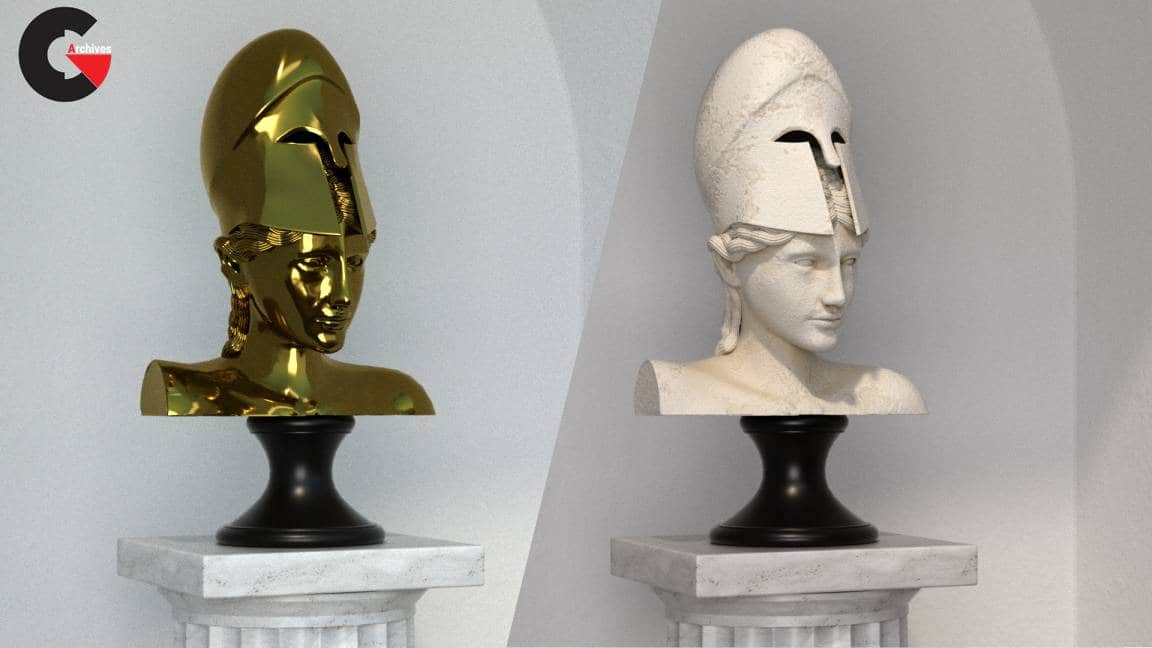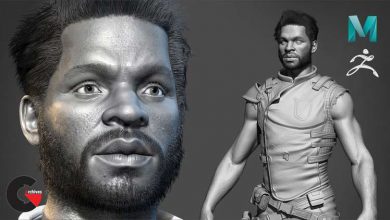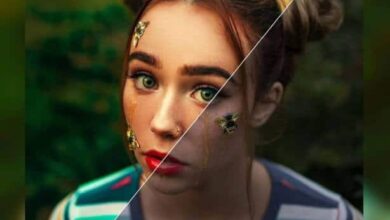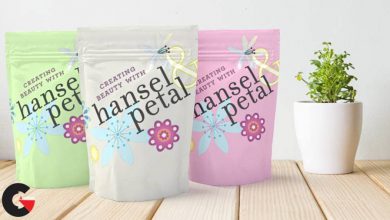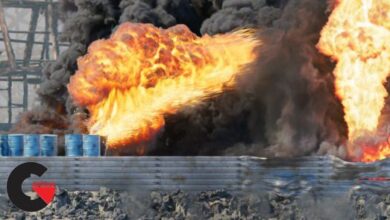3ds Max: Advanced Materials
3ds Max: Advanced Materials
3ds Max: Advanced Materials : Physically based rendering (PBR) simulates the way light works in the real world. It achieves greater realism with less effort than traditional 3D rendering. This course focuses on PBR shading techniques in 3ds Max, using the Physical Material to achieve photorealistic surfaces such as stone, glass, and metal. Author Aaron F. Ross also looks at building shading networks, and combining and adjusting maps in interesting ways. Procedural maps such as ambient occlusion and substance deserve special attention, and you’ll also see how to bake them out to bitmap files for cross-application and renderer compatibility. By the end of the course, you’ll have a firm foundation in advanced shading
Contents :
- Streamlining material editor workflow
- Managing XREFs and materials
- Laying out a scene for material testing
- Using the Physical Material
- Controlling highlights with Roughness
- Directing reflections and refractions
- Simulating translucency and scattering
- Building a shading network
- Combining and color correcting maps
- Baking maps such as ambient occlusion
- Procedural mapping with Substance
- Using relief maps: bump, normal, and displacement
- 1. Material Editor Tips and Tricks
Using Preview windows 4m 41s
Setting Material Editor options 3m 21s
Creating multiple view tabs 2m 39s
Storing materials in sample slots 7m 15s
Layout and select commands 4m 23s
Understanding XREFs and materials 7m 36s
- 2. Hard Surface Materials
Rendering the Physical Material in ART 8m 17s
Balancing reflections with roughness 4m 19s
Adjusting metalness and reflection color 4m 2s
Using IOR to control reflectance 3m 18s
Setting a custom reflectance function 3m 19s
Stretching highlights with Anisotropy 1m 54s
Understanding the bump channel 2m 19s
Adding a clear coat 2m 57s
- 3. Ray-Tracing Techniques
Controlling physical transparency 6m 13s
Tinting with transparency depth 3m 13s
Backlighting with thin-walled translucency 2m 34s
Subsurface scattering for physical translucency 3m 20s
Light emission from a surface 2m 42s
- 4. Building Shading Networks
Future-proofing material presets 6m 28s
Layering and masking with a composite map 6m 11s
Color adjustment with a color correction map 5m 56s
Preparing for baking 3m 21s
Applying ambient occlusion 3m 56s
Baking maps with Render to Texture 6m 15s
RGB curves adjustment with an output map 7m 11s
- 5. Advanced Mapping
Mapping a gradient ramp 6m 38s
Procedural mapping with a substance map 6m 12s
Simulating relief detail with a normal bump map 5m 12s
Deforming surfaces with a displacement map 5m 22s
Combining maps with an RGB multiply map 7m 31s
lB6MwSwNNIYYHz66UqInBRH/video%20g/33944
Direct download links 0.5 GB :
Direct download link reserved for subscribers only This VIP
Dear user to download files, please subscribe to the VIP member
- To activate your special membership site, just go to this link and register and activate your own membership . >>>register and activate<<<
- You can subscribe to this link and take advantage of the many benefits of membership.
- Direct downloads links
- No ads No waiting
- Download without any limitation ، all content in website
CGArchives Is The Best
Review
Review
Review this tutorial
